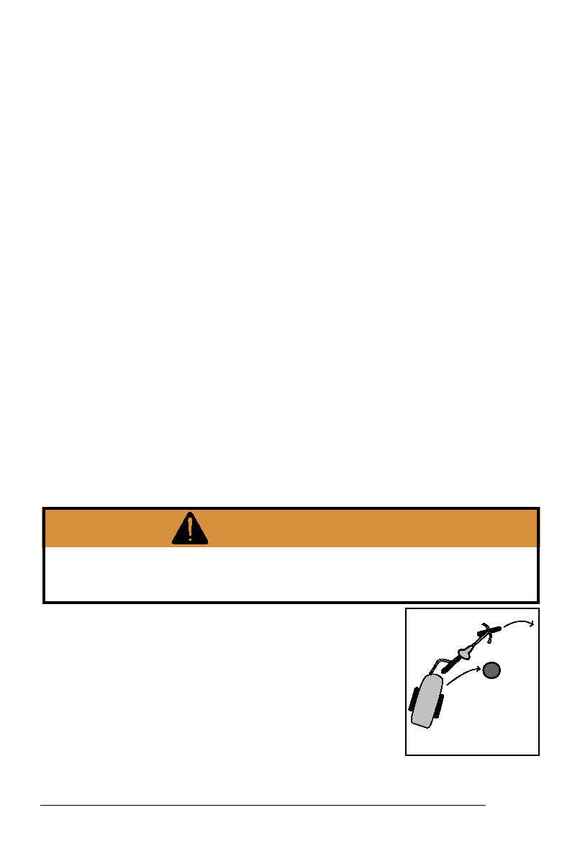
E.15
CHAPTER TWO
Guide to Safe Bicycle Trailer Use
the tongue, for signs of fatigue before and after each ride.
Know and observe local bicycle riding laws.
Most state and local areas have specific laws for cyclists, and
you should follow them. Local cycling clubs or your state's
Department of Transportation (or equivalent) should be able
to supply this information to you. A few of the more important
rules of riding include the following:
· Use proper hand signals.
· Ride single file when riding with other cyclists.
· Ride on the correct side of the road; never go against traffic.
· Ride defensively; expect the unexpected. A cyclist is hard to
see, and many drivers simply are not trained to recognize
the rights and special considerations of a bicycle rider.
Reduce your speed.
With the trailer attached control may be more difficult,
especially at higher speeds. Pulling a trailer can make your
bicycle steer, corner, and handle differently. The added weight
of the trailer increases speed on descents. In addition, there
may be an increase in the distance required for stopping.
When pulling a trailer, ride more conservatively, slowly and
carefully. Do not exceed 15 MPH (24 KPH), and when cornering
do not exceed 5 MPH (8KPH).
You should ride more slowly even if the trailer is empty.
Without weight in the trailer, it is much easier for
the trailer to tip over when cornering or turning
sharply.
Be aware of the path of the bicycle trailer.
The trailer rides behind the lead bike and does
not follow the same path (Figure 2.1). Do not
attempt tight turns which might allow the trailer
to contact objects to the side of the lead bicycle's
path. Do not ride in narrow areas where steering
between obstacles is required. These are just a few
Figure 2.1- The trailer take a dif-
ferent path than the bicycle
WARNING
Pulling a bicycle trailer may make a bicycle more difficult to
control. Failure to properly maintain the lead bicycle and keep
it under control may result in personal injury. Ride slowly.
DURING EVERY RIDE:
BE SAFE
